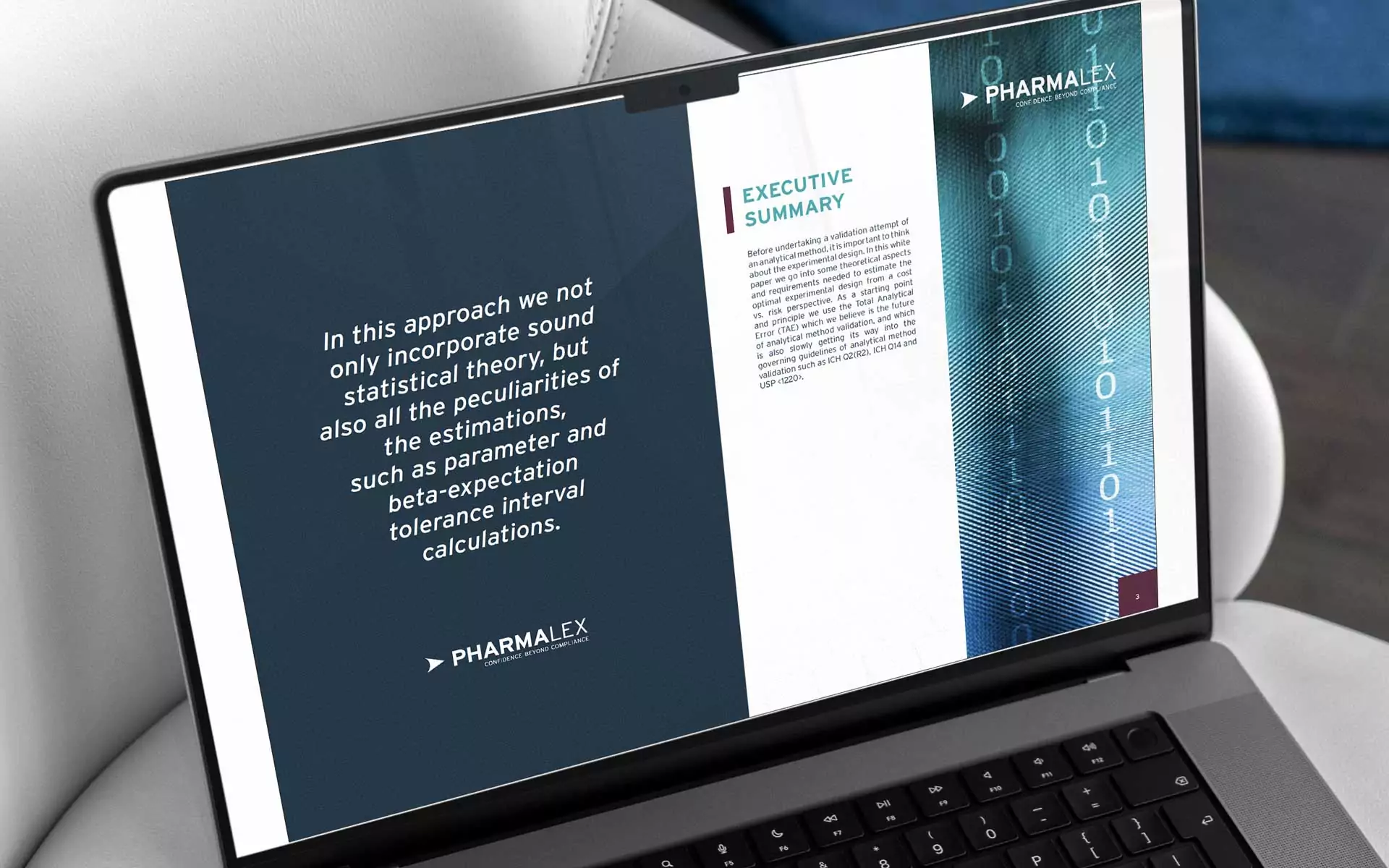Journal Articles
Journal Article
While regulatory authorities are increasingly adopting reliance programs to asses applications, few offer the opportunity to take advantage of simultaneous assessment and approval timelines across borders and jurisdictions.
Journal Article
The electronic Common Technical Document (eCTD) is 16 years old, approved by the International Council on Harmonisation (ICH) to Step 4 in 2008. It’s old enough to drive a car in the US. It’s had some small changes over the years but is still pretty much the same as it was in the George W. Bush era. It’s had a huge impact on the speed and accuracy of regulatory submissions for pharma … but it could be better. That same year, the US Food and Drug Administration (FDA) started looking at a next-generation submission format, which would become eCTD 4.0. That standard
Journal Article
Combination products are integral to the healthcare system and play an increasingly important role in patient safety and medicinal usability, enhancing therapeutic benefits and improving outcomes.
Journal Article
Technology transfer is a sophisticated and complex undertaking that requires careful planning to ensure successful transition and regulatory compliance.
Journal Article
The concept of ‘vigilance’, as it applies to medical devices, relates to the identification, reporting and trending of serious incidents as well as any corrective actions related to safety. It is distinct but related to the supporting post-market surveillance processes which focus on the monitoring of information to provide periodic confirmation that the benefit of a medical device outweighs the risk. These are not new concepts, however the requirements for vigilance and postmarket surveillance were not clearly delineated or articulated within the original Medical Device Directive (MDD) or In Vitro Diagnostics Directive (IVDD).
Journal Article
As companies seek ways to bring their products to multiple markets, understanding those markets and their regulatory approval process is imperative. Choosing the most appropriate pathway can reduce the burden on both the sponsor and on the health authorities, and potentially expand access to more patients.
Journal Article
It is widely accepted that biosimilars hold the potential to improve patient access to life-changing therapies. However, questions remain about what will be needed to deliver on the promise of greater biosimilar access and affordability.
Journal Article
A panel of industry experts share their insights on where the biosimilar industry is headed and how health authorities can support and influence efficient biosimilar development methods. With more biologics set to lose exclusivity, more competition from biosimilars could lead to a greater number of life-changing treatments at a lower cost, benefiting patients and healthcare systems.
Journal Article
Time is fast running out for transition of ongoing clinical trials in the EU to the Clinical Trial Regulation and submission through the Clinical Trial Information System (CTIS). The article will explore the challenges and implications for clinical trials that have yet to transition to the CTR. It will delve into key steps and strategic planning to manage the transition and address amendments to existing trials.
Journal Article
Health authorities are turning to digitalization to streamline their processes in response to global crises (such as the COVID-19 pandemic) that have affected the supply chain. The growing complexity of information and data in regulatory submissions has encouraged health authorities to implement structured data submissions and centralized e-submission processes through shared workspaces (1, 2). Some ongoing initiatives seek to simplify review and assessment processes through increased global cooperation and harmonization.
Journal Article
Check the different validation models in our industry and the specific models to follow.
Journal Article
In the two decades since biosimilars emerged on the world stage, their evolution has brought acceptance of the critical role they can play in making life-changing therapies more affordable.



